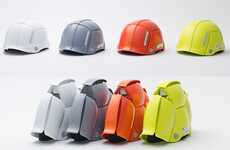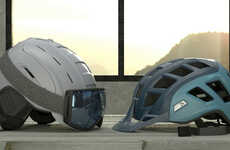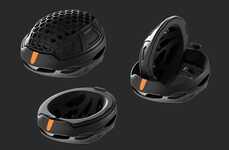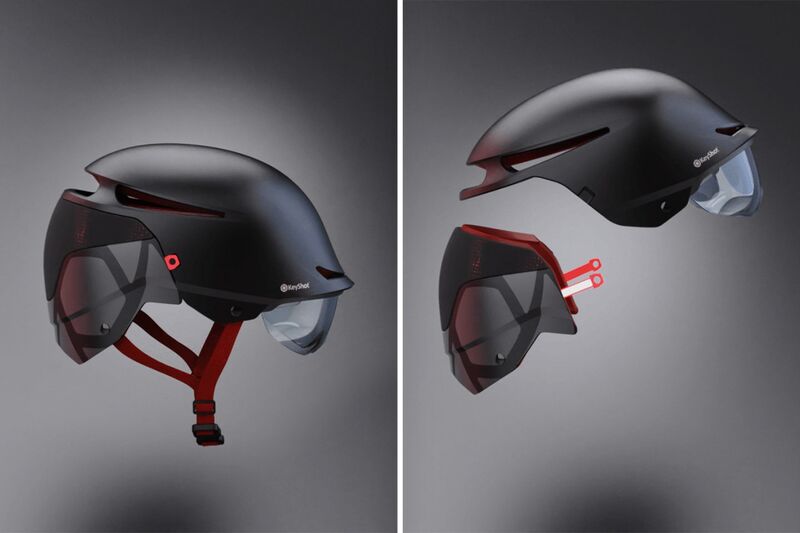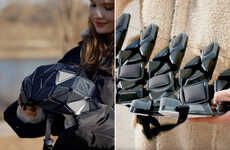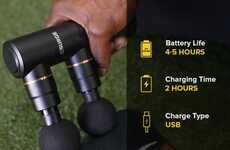The 'Envoy' Helmet Concept by Jonathan Hatch is Easily Removed by EMTs
Michael Hemsworth — October 19, 2021 — Art & Design
References: instagram & yankodesign
The 'Envoy' helmet concept has been designed by Jonathan Hatch as an easy-to-remove piece of safety equipment for cyclists and adventure seekers alike that will help to increase safety in the event of an accident.
The helmet is characterized by its two-part construction that is accented by a series of pull tabs on the sides that will immediately break the unit into two halves for easy removal. This is intended to provide emergency medical technicians (EMTs) with an easier way to remove the helmet in the event of an emergency without having to run the risk of further damaging the person's head or neck.
The 'Envoy' helmet concept is the Gold Winner of the YD x KeyShot Design Challenge and was explained further by Hatch who said, "My addition to the Envoy helmet concept is to improve safety for the user after an accident occurs. Typically, removing an injured user’s helmet after an accident requires one EMT to stabilize the head and neck and another to cut the chin strap and pull the helmet off. The helmet removal often results in accidental repositioning of the head and neck, potentially causing additional injuries or taking up precious seconds during the rescue.”
Image Credit: Jonathan Hatch
The helmet is characterized by its two-part construction that is accented by a series of pull tabs on the sides that will immediately break the unit into two halves for easy removal. This is intended to provide emergency medical technicians (EMTs) with an easier way to remove the helmet in the event of an emergency without having to run the risk of further damaging the person's head or neck.
The 'Envoy' helmet concept is the Gold Winner of the YD x KeyShot Design Challenge and was explained further by Hatch who said, "My addition to the Envoy helmet concept is to improve safety for the user after an accident occurs. Typically, removing an injured user’s helmet after an accident requires one EMT to stabilize the head and neck and another to cut the chin strap and pull the helmet off. The helmet removal often results in accidental repositioning of the head and neck, potentially causing additional injuries or taking up precious seconds during the rescue.”
Image Credit: Jonathan Hatch
Trend Themes
1. Two-part Helmet Designs - Opportunity for helmet manufacturers to create more easily removable helmets for increased safety during emergencies.
2. Pull Tab Technology - Opportunity for manufacturers to incorporate pull tab technology into other safety equipment to make it easier to remove during emergencies.
3. Improved Emergency Response Equipment - Opportunity for companies to develop improved emergency medical equipment specifically designed for removing safety equipment during emergencies.
Industry Implications
1. Helmet Manufacturing - Helmet manufacturers can capitalize on the trend of easy-to-remove helmets to differentiate their products and increase safety for users.
2. Safety Equipment Manufacturing - Manufacturers of other safety equipment, such as harnesses or seat belts, can incorporate pull tab technology to make their products easier to remove in emergencies.
3. Emergency Medical Services - Emergency medical service providers can adopt new, easier-to-use equipment to improve response time and patient outcomes during emergencies.
4.7
Score
Popularity
Activity
Freshness
